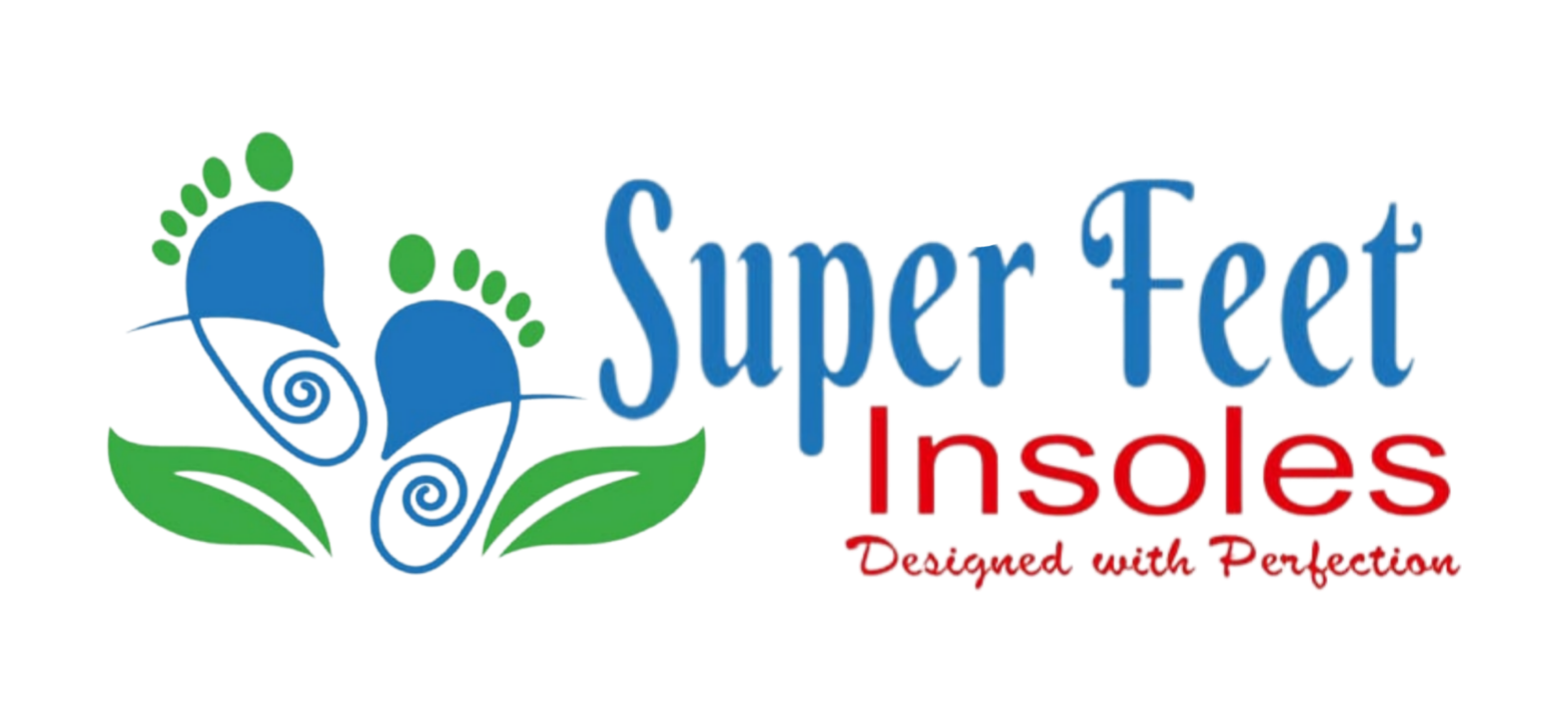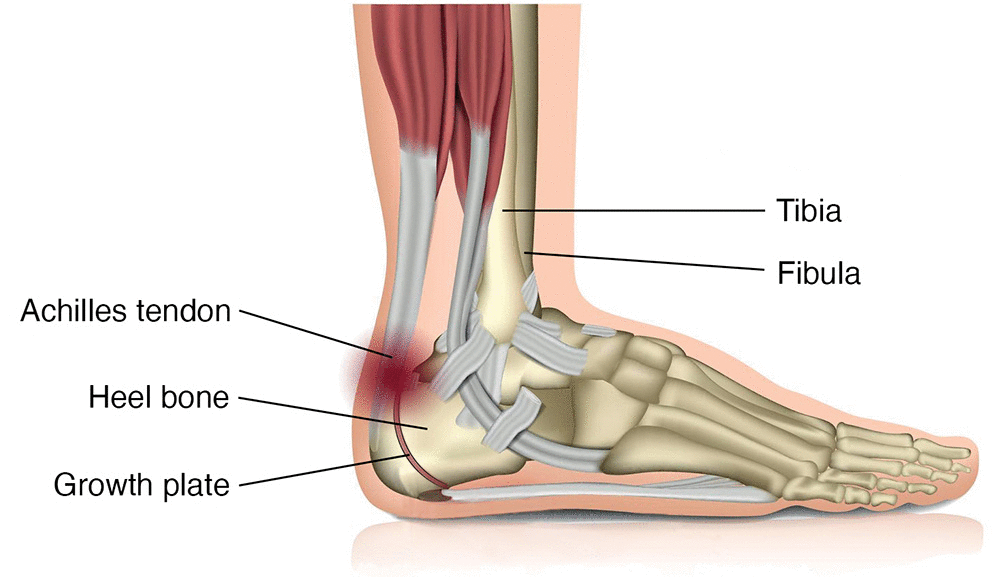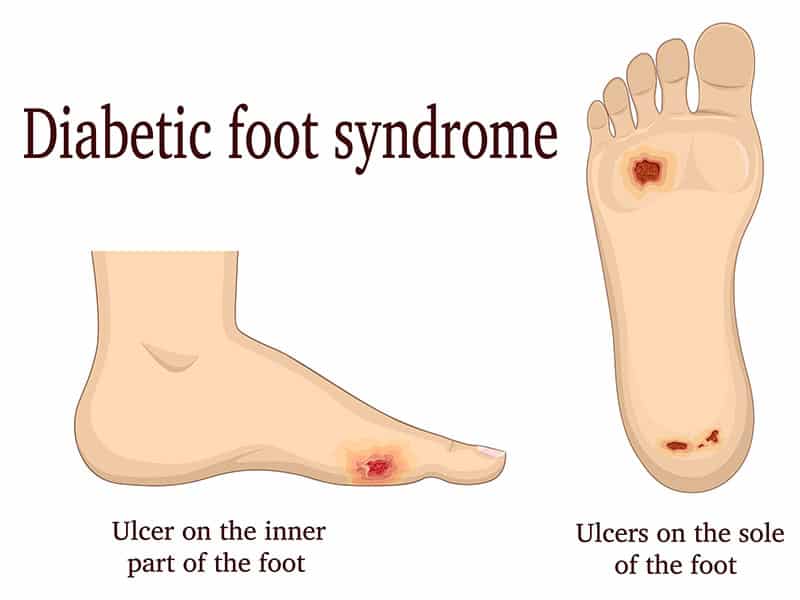What is Sever’s Disease?
Sever’s disease, also known as calcaneal apophysitis, is a common condition that affects growing children and adolescents, typically between the ages of 8 and 15. It occurs when there is inflammation or irritation of the growth plate in the heel bone, where the Achilles tendon attaches.
Sever’s disease is often associated with sports or activities that involve running, jumping, or other repetitive impact on the feet, such as basketball or soccer. It may also be more common in children who have flat feet or high arches, or who wear shoes that do not provide adequate support.
Symptoms of Sever’s disease may include:
- Pain or tenderness in the heel, particularly during physical activity
- Swelling or redness in the affected area
- Stiffness or limping
- Difficulty walking or running
- Discomfort when the heel is squeezed or pressed
Symptoms may vary in severity depending on the extent of the inflammation or injury, and may worsen with continued activity or if left untreated. Treatment for Sever’s disease typically involves rest, ice, and over-the-counter pain medications to help manage pain and inflammation.
Peak incidences are:
Girls: 8 to 10 years old.
Boys: 10 to 12 years old.
How is Sever’s Disease Diagnosed?
Sever’s disease is typically diagnosed through a physical examination and medical history. Your healthcare provider will likely ask about your child’s symptoms, medical history, and physical activities, as well as conduct a physical examination of the affected foot.
During the physical examination, your healthcare provider may:
- Press on the heel to check for tenderness or swelling
- Ask your child to walk, run, or jump to assess for pain or discomfort
- Check for limited range of motion in the ankle or foot
- Look for signs of flat feet or high arches
In some cases, your healthcare provider may order imaging tests, such as an X-ray or MRI, to help confirm the diagnosis or rule out other possible causes of heel pain.
It’s important to seek medical attention if your child experiences persistent or severe symptoms, as early diagnosis and treatment can help prevent further damage and improve the likelihood of a full recovery.
What’s the Treatment for Sever’s Disease?
Sever’s disease treatment should be based on eliminating pain and restoring normal foot and leg biomechanics.
Phase 1 – Early Injury Protection: Pain Relief & Anti-inflammatory Tips
As with most soft tissue injuries the initial treatment is Rest, Ice, and Protect.
In the early phase you’ll most likely be unable to walk pain-free. Our first aim is to provide you with some active rest from pain-provoking activities.
“No Pain. No Gain.” does not apply in Sever’s disease. If it hurts your child is doing too much exercise. Your child should reduce or cease any activity that causes heel pain.
Ice is a simple and effective modality to reduce your pain and swelling. Please apply for 20-30 minutes each 2 to 4 hours during the initial phase or when you notice that your injury is warm or hot.
Most children can tolerate paracetamol as a pain reducing medication. Check with your doctor.
To support and protect your heels, you may need to be wear shock absorbing heel cups or a soft orthotic. Kinesio foot taping may help to provide pain relief.
Your physiotherapist will guide you and utilise a range of pain relieving techniques including joint mobilisations for stiff ankle or subtalar joints, massage or electrotherapy to assist you during this pain-full phase.
Phase 2: Regain Full Range of Motion
Your physiotherapist will identify stiff joints within your foot and ankle complex that they will need to loosen to help you avoid overstress. A sign that you may have a stiff ankle joint can be a limited range of ankle bend during a squat manoeuvre. Your physiotherapist will guide you.
Phase 3: Restore Foot Arch Muscle Control
Your foot arch is dynamically controlled via important foot arch muscles, which be weak or have poor endurance. These foot muscles have a vital role as the main dynamically stable base for your foot and prevent excessive loading through your plantar fascia.
Any deficiencies will be an important component of your rehabilitation. Your physiotherapist is an expert in the assessment and correction of your dynamic foot control. They will be able to help you to correct your normal foot bio mechanics and provide you with foot stabilization exercises if necessary.
Phase 4: Restore Normal Calf & Leg Muscle Control
You may find it difficult to comprehend, but all of your leg (calf, thigh and hip) muscles play an important role in controlling your foot arch and its normal function.are very important in the rehabilitation of shoulder pain and injury. Your physiotherapist will assess your leg muscle function and provide you with the necessary treatment or exercises as required.
Phase 5: Restore Normal Foot Bio mechanics
Your foot biomechanics are the main predisposing factor to Sever’s disease. After a biomechanical assessment you may be recommended a soft orthotic or a custom made orthotic prescribed by a podiatrist.
Phase 6: Improve Your Running and Landing Technique
In order to prevent a recurrence as you return to sport, your physiotherapist will guide you with technique correction and exercises to address these important components of rehabilitation to both prevent a recurrence and improve your sporting performance.
Your physiotherapist will discuss your goals, time frames and training schedules with you to optimise you for a complete return to sport.
Phase 7: Footwear Analysis
Poorly designed footwear that can predispose to the injury. Seek the professional advice of your healthcare practitioner.
What about Orthotics or Heel Cups?
Occasionally, an orthotic may need to be prescribed for temporary or long-term correction of their foot biomechanics (eg flat feet or high arches).
During the acute phase of Sever’s disease, a small heel rise or shock-absorbing heel cup placed under the heel pad of your child’s foot may help to ease the symptoms.
Your podiatrist or physiotherapist can assess your child’s arch and guide you in the best management of your child’s condition. We recommend that your child should never go barefooted during the painful stages of Sever’s disease.
Order Customized insole for your child , if any kind of problem.
www.superfeetinsole.com




